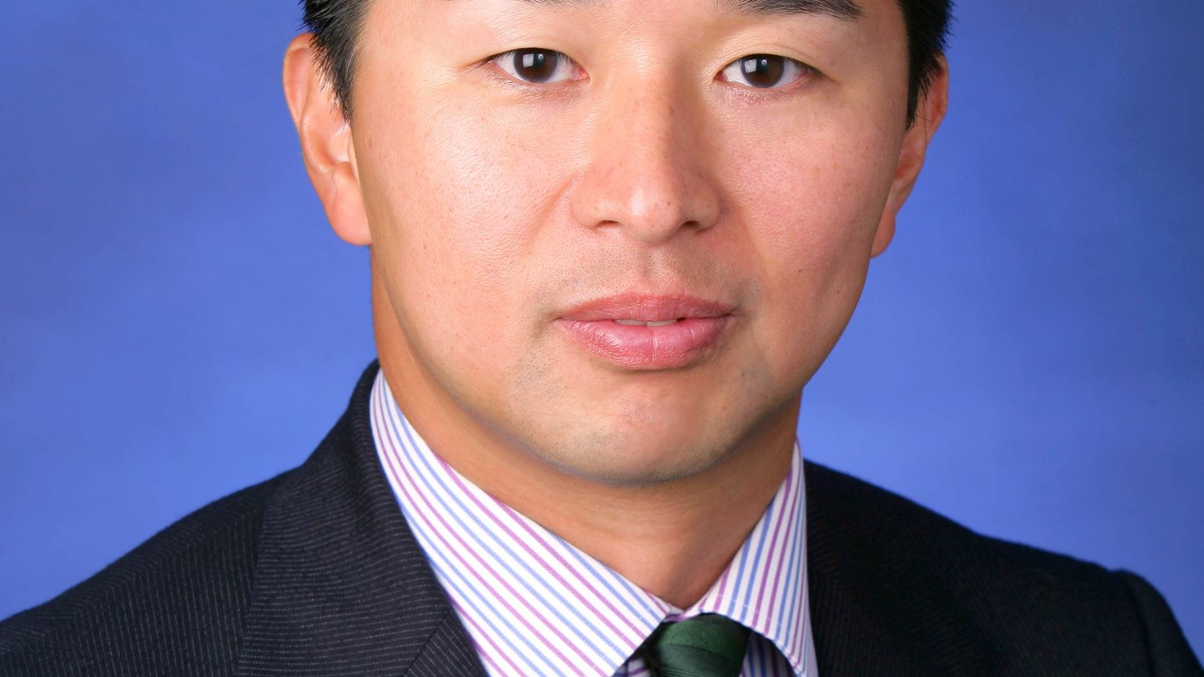Asset owners back Morgan Stanley’s fourth Asia fund
The bank has raised $1.7 billion for Fund IV, with twice the level of institutional interest as its last Asia fund. It says it is seeing the best value for China PE deals in a decade.

US bank Morgan Stanley says it is seeing the best value for China private equity deals in a decade as it looks to deploy capital after raising $1.7 billion from asset owners for its fourth Asia fund.
Sign in to read on!
Registered users get 2 free articles in 30 days.
Subscribers have full unlimited access to AsianInvestor
Not signed up? New users get 2 free articles per month, plus a 7-day unlimited free trial.
¬ Haymarket Media Limited. All rights reserved.


